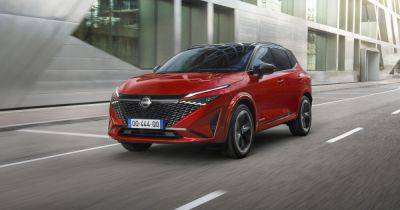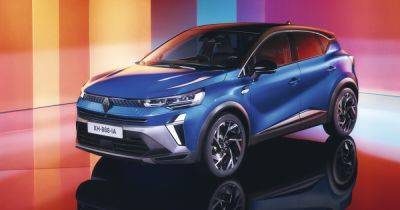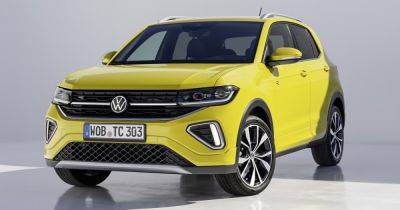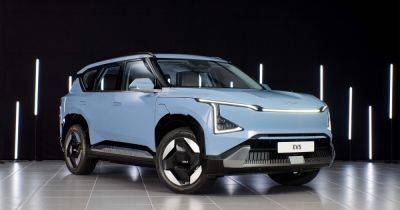How Australian new-vehicle emissions rules have been relaxed to help utes, 4WDs
Utes and large four-wheel-drives are the biggest winners of changes to Australia's proposed new-vehicle emissions standards presented to parliament yesterday.
The bill – announced Tuesday but brought in front of Canberra politicians Wednesday – slows the roll-out of the emissions standards, and weakens the limits for utes, vans and now off-road 4WDs compared to the proposal published by the Federal Government in February.
Here is a run-down of all the main changes to what is formally known as the New Vehicle Efficiency Standard (NVES).
MORE: Australian new-vehicle emissions rules weakened after car-maker backlash
The New Vehicle Efficiency Standard (NVES) is due to be implemented from 1 January 2025, as proposed in February.
However – to allow for a «transition period for industry» – only vehicles entered into the Register of Approved Vehicles (RAV), the government website listing every individual vehicle certified for sale in Australia, from 1 July 2025 will count.
It means that for 2025, car makers will only have to pay penalties – or earn credits – for the CO2 emissions of the vehicles they import in the second half of the year.
It will revert to a full calendar year in 2026 and beyond.
Acknowledging calls from car makers such as Toyota, Isuzu and Nissan, some large four-wheel-drives designed for towing and off-road use will be subject to less stringent emissions limits.
SUVs with ute-like body-on-frame construction, and with a braked towing capacity of 3000kg or greater, will be moved from the 'type 1' category that includes smaller passenger cars, to the 'type 2' category for light-commercial vehicles (utes and vans), which has higher CO2 caps.
It means vehicles such as the Toyota LandCruiser 300 Series, Nissan Patrol, Ford Everest, Isuzu MU-X and Lexus LX will now have a 'headline' emissions target of 210 grams of CO2 per kilometre, rather than 141g/km, in 2025.
Car-derived family SUVs such as the Toyota Kluger and Kia Sorento will remain in the passenger-car category, as will body-on-frame SUVs with lower towing capacities such as the Suzuki Jimny and GWM Tank 300, and SUVs which can tow more than three tonnes, but use car-derived underpinnings, such as the Porsche







